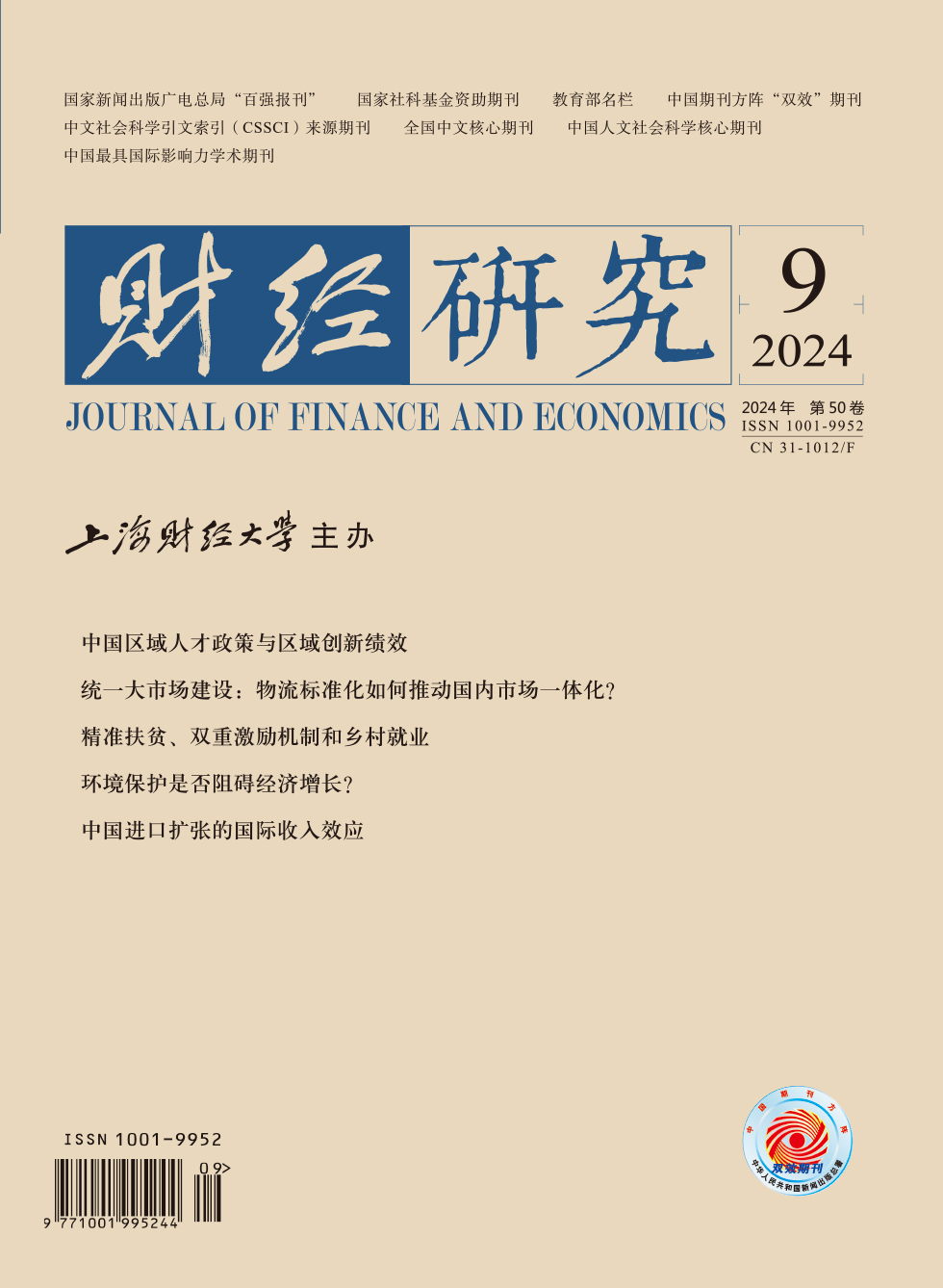Income distribution is a crucial system for promoting common prosperity in China, and increasing the proportion of labor factors in income distribution is an important mechanism to increase resident income, reduce social inequality, and encourage all people to share the fruits of economic development. In March 2022, the State Council released “Opinions on Accelerating the Construction of a Unified National Market”, pointing out that building a unified national market to break local protectionism and market segmentation and promote the smooth flow of commodity and factor resources on a larger scale, is the basic support and inherent requirement for constructing a new development pattern.
Based on the data of A-share listed companies in Shanghai and Shenzhen from 2012 to 2022, this paper further examines the relationship between the construction of a unified market, supplier concentration, and enterprise labor income share. It is found that supplier concentration has a negative impact on enterprise labor income share, while the construction of a unified market alleviates the inhibitory effect of supplier concentration on enterprise labor income share. Mechanism testing reveals that the construction of a unified market can alleviate this inhibitory effect by alleviating financing constraints and improving innovation levels. Further analysis shows that when enterprises facing a higher level of financing constraints, lower trade credit offered by their suppliers, lower industry entry barriers, and higher proportions of local suppliers, the construction of a unified market has a more significant effect on alleviating this inhibitory effect.
This paper has the following contributions: First, it shifts the perspective to stakeholder side, specifically, the supply chain competition, broadening the research scope on the relationship between fair competition and income distribution. Second, it reveals the relationship between supplier concentration and enterprise labor income share from the perspective of suppliers, providing key raw materials. Third, it constructs a theoretical framework for the relationship between the construction of a unified market, supplier concentration, and enterprise labor income share, providing empirical evidence for accelerating the construction process of a unified national market.
This paper has the following policy implications: In promoting the construction of the supply chain system, the government should comprehensively consider income distribution issues. Efforts to integrate regional markets should keep carrying forward, fully leveraging the positive influence of pilot areas. The construction of a unified national market should be continuously advanced, with ongoing implementation of unified market access standards, adherence to the principles of fair competition, and resolute action against monopolistic behaviors.





 3744
3744  4963
4963

